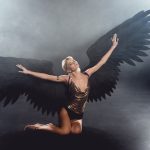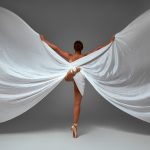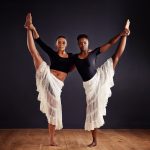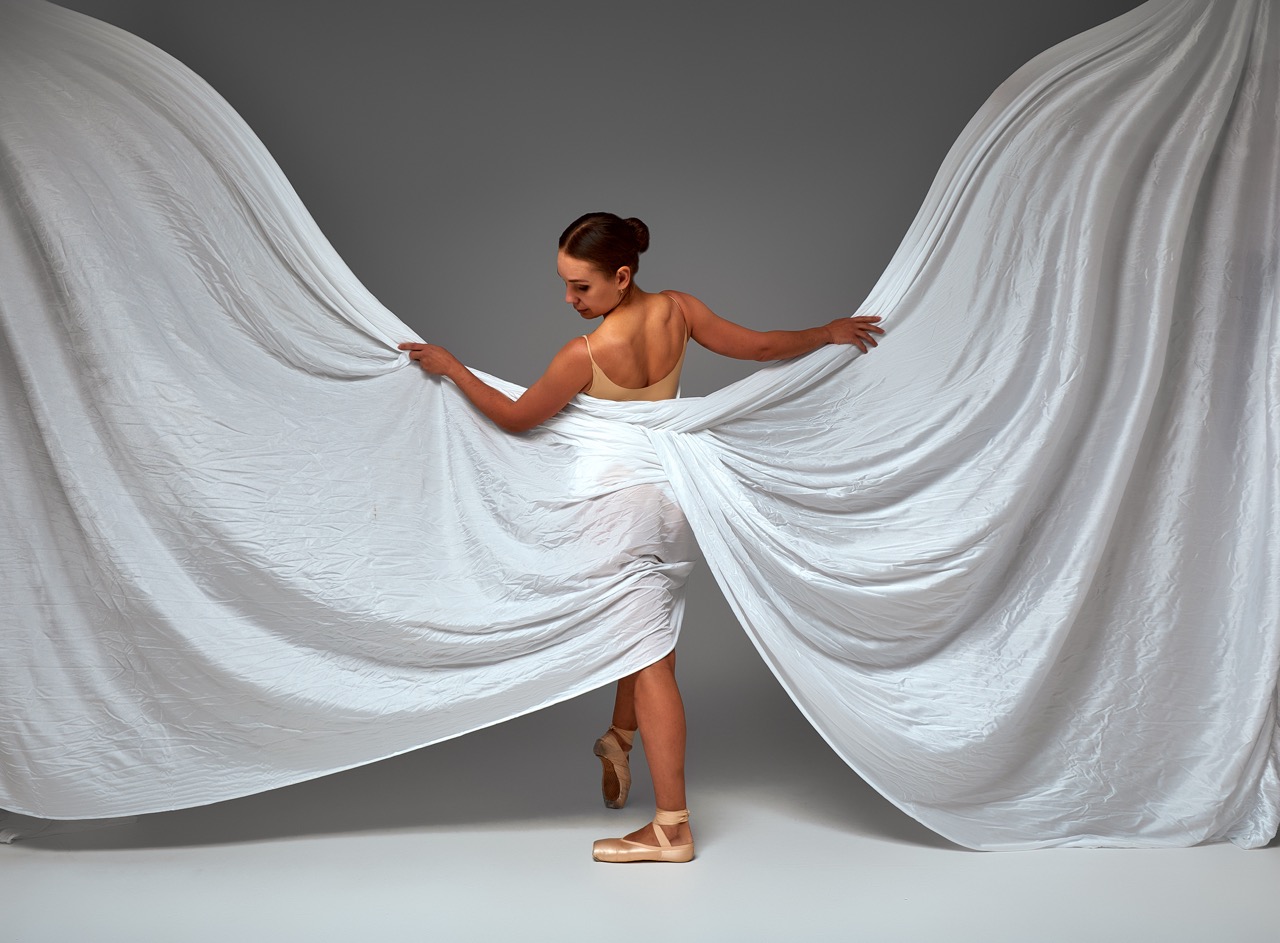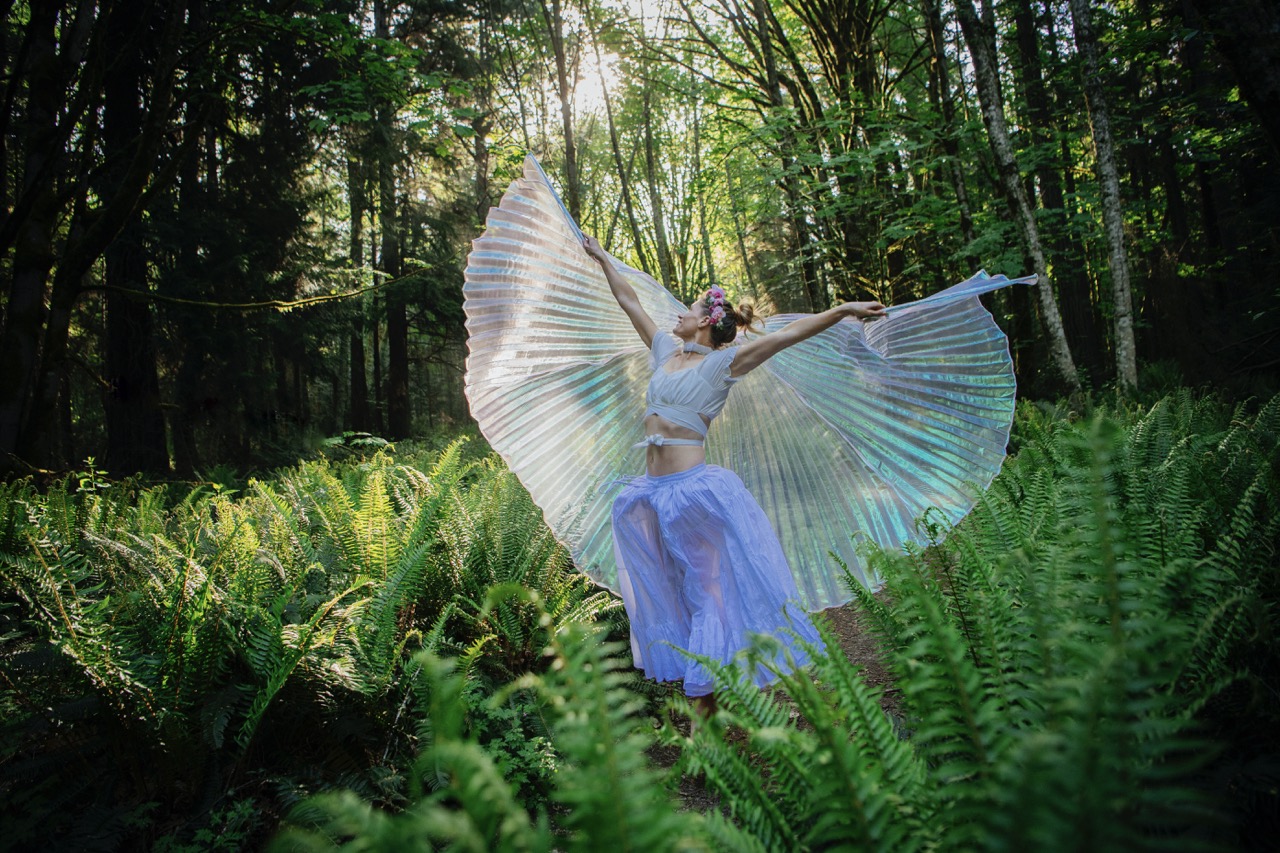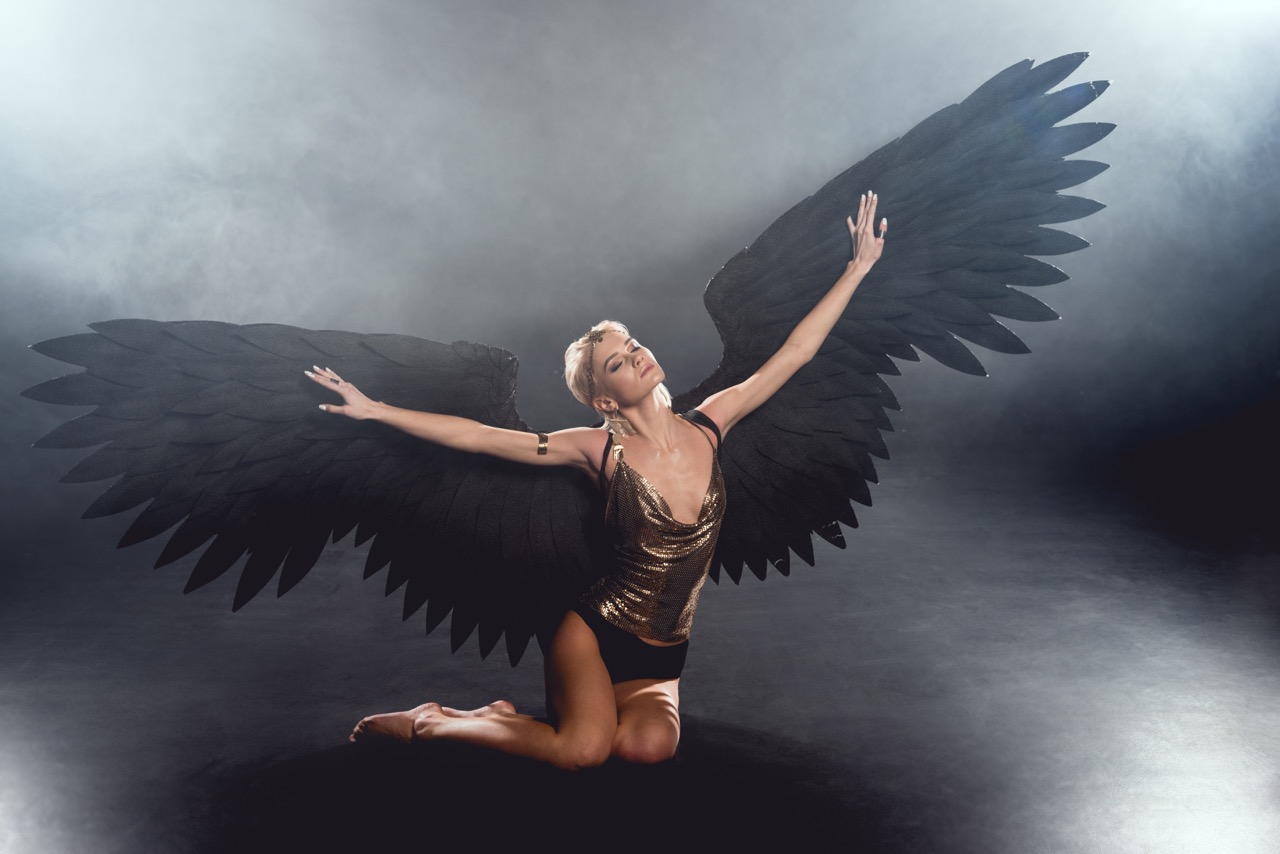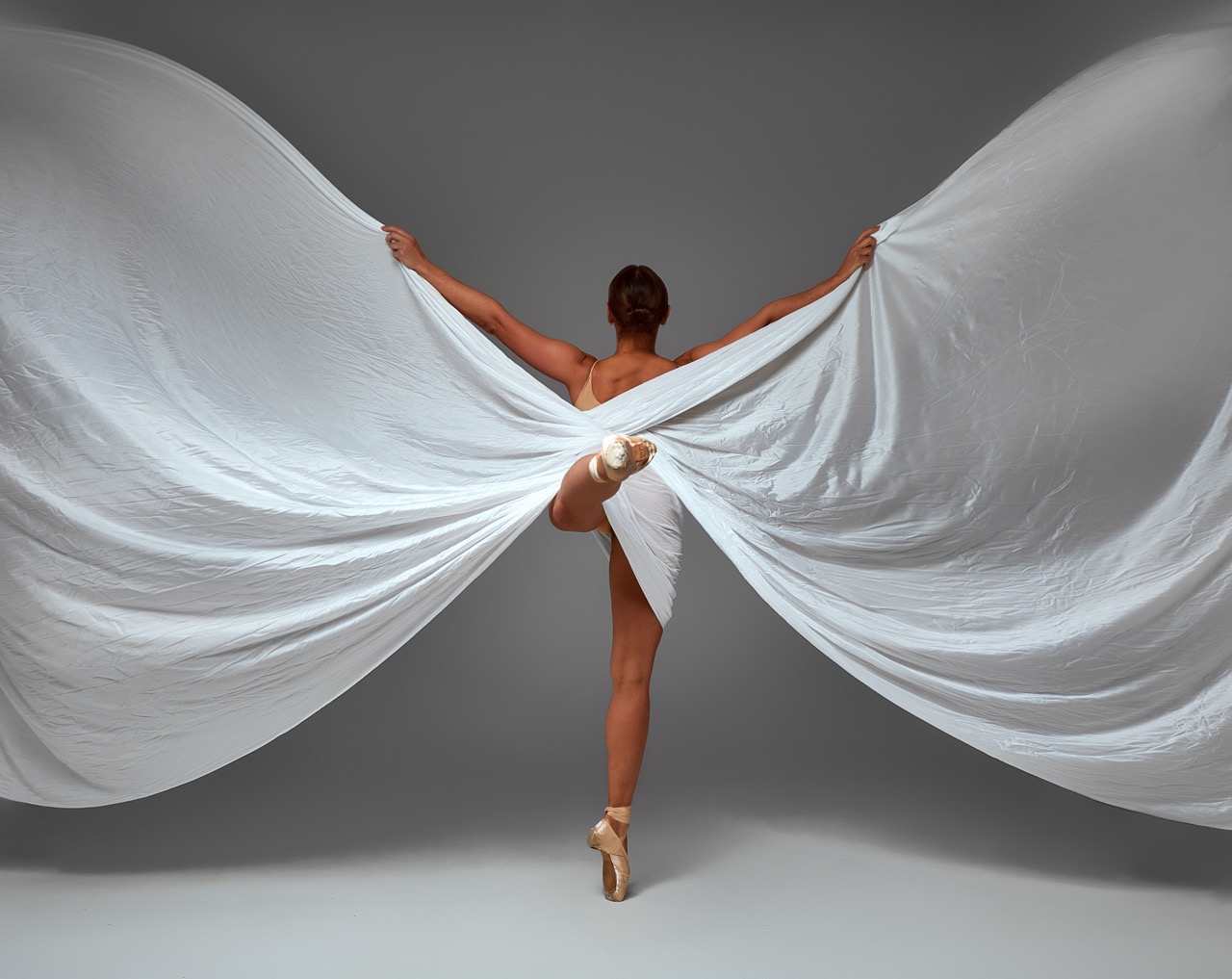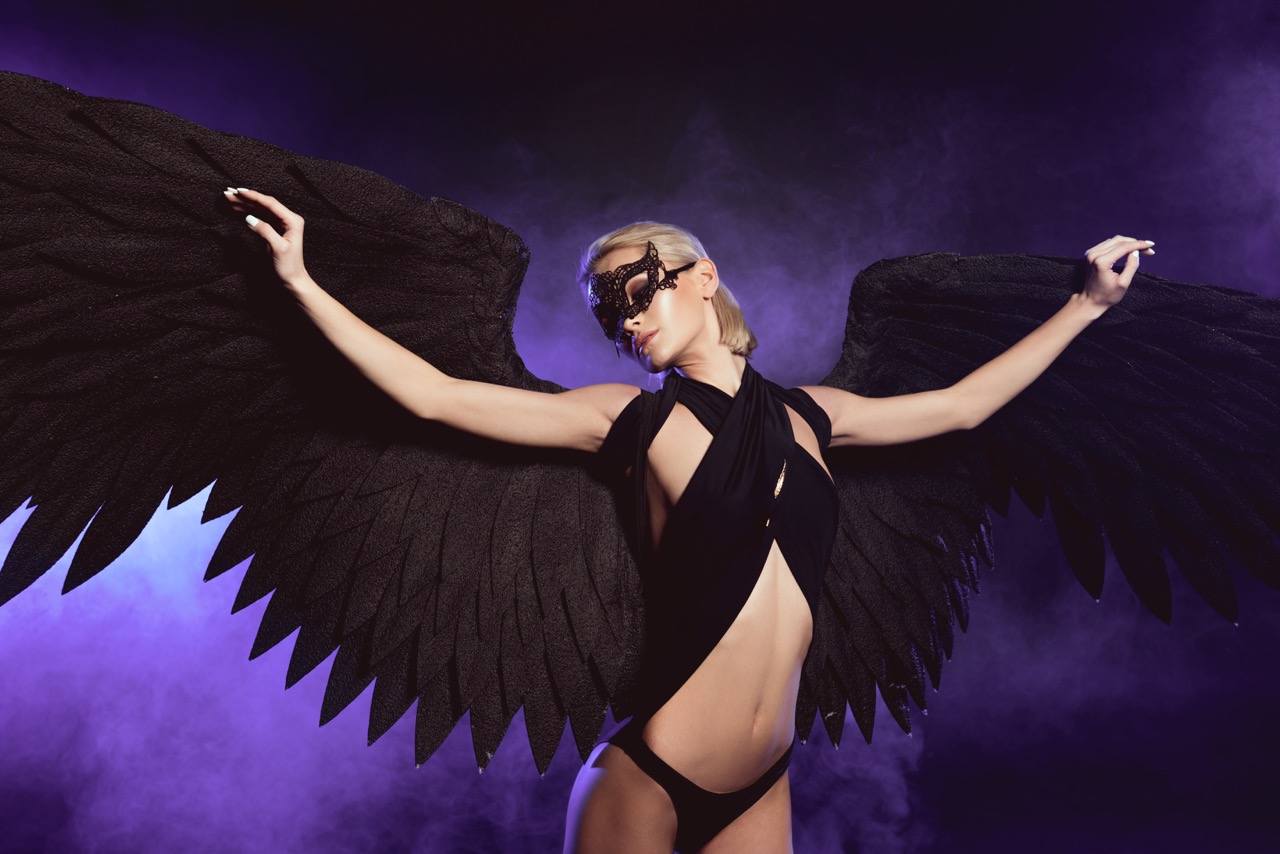Winged costumes have captured the imagination of audiences and performers alike, transcending cultural boundaries and becoming a beloved element of dance traditions worldwide. These garments not only enhance the visual spectacle of performances but also infuse deeper layers of meaning and symbolism into the art of dance. From the soaring movements of ancient rituals to the contemporary interpretations of flight, winged attire has become a powerful conduit for storytelling and expression in various cultures. In this exploration, we will delve into the fascinating world of winged costumes, examining their cultural significance, intricate designs, and the transformative power they bring to movement.
The Art of Flight: Winged Costumes Across Cultures
Winged costumes have a rich history that weaves through myriad cultural practices. In the traditional dance of the Balinese, performers don elaborate winged garments that mimic the grace of birds, embodying the spirits of nature and invoking the divine. The stunning visuals of these costumes, often adorned with feathers, sequins, and intricate patterns, create a spectacle that captivates audiences and transports them into a world of mythology and spirituality. Similarly, in the Native American powwow tradition, dancers wear regalia that features intricately crafted wing-like elements, representing their connection to the sky and the ancestors who walked before them.
In the European context, winged costumes found their way into ballet and opera, where they serve to elevate stories of myth and legend. The famous ballet "La Sylphide," for example, features ethereal sylphs adorned with delicate wings, embodying the allure of the otherworldly. This dance form emphasizes the tension between the earthly and the supernatural, with wings serving as a powerful symbol of aspiration and freedom. The elegance of these costumes enhances the narrative, allowing the audience to experience the emotional nuances of the performance.
Moving to the African continent, various cultural dance forms integrate winged motifs in their costumes, often as a means of connecting with ancestral spirits. Dancers in festivals and rituals wear vibrant garments that echo the colors and patterns of local wildlife, such as birds and butterflies. These costumes, combined with rhythmic movements, invite the community to engage in a shared experience of celebration and remembrance. In this way, winged costumes become vehicles for cultural continuity, ensuring that the stories of the past are honored and preserved for future generations.
Symbolism and Significance: Wings in Dance Traditions
The symbolism of wings in dance is deeply rooted in the human desire for transcendence and liberation. Often associated with the divine, wings represent the aspiration to rise above worldly limitations. In many cultures, the act of dancing with wings becomes a metaphor for spiritual elevation, allowing performers to connect with higher realms. For instance, in Hindu classical dance, the concept of "Maya" reflects the illusion of the physical world, and the use of winged motifs can symbolize the soul’s journey towards enlightenment.
Furthermore, wings can embody the duality of freedom and responsibility. In the ritual dances of Indigenous cultures, winged costumes often signify a sacred bond between the dancers and the natural elements. The performers, adorned with wings, take on the role of messengers between the earthly and spiritual realms, carrying the weight of cultural traditions with grace. In this context, the wings are not merely decorative; they serve as a reminder of the responsibilities that come with cultural stewardship and the need to honor the past.
Moreover, the imagery of flight evokes a sense of hope and possibility, resonating with audiences across the globe. For instance, in contemporary dance, winged elements can reflect themes of liberation from societal constraints, encouraging viewers to embrace their individuality and aspirations. This symbolic richness allows winged costumes to serve as poignant expressions of identity and resilience, weaving together the threads of history, spirituality, and self-discovery in a tapestry of movement.
Crafting Elegance: The Design of Winged Attire
The artistry of winged costumes lies not only in their aesthetic appeal but also in the craftsmanship involved in their creation. From the selection of materials to the intricate techniques employed, each costume tells a story of dedication and creativity. Many traditional cultures utilize locally sourced materials, such as feathers, beads, and textiles, to create costumes that are not only visually stunning but also culturally significant. The process often involves collaboration among artisans, dancers, and community members, fostering a sense of collective identity and belonging.
Innovative design techniques have also emerged in modern interpretations of winged costumes. Contemporary designers experiment with materials such as lightweight fabrics, metallic foils, and even technology to create dynamic costumes that enhance movement. For instance, LED lights integrated into winged attire can illuminate performances, creating mesmerizing visual effects that mimic the glow of a bird in flight. This fusion of tradition and innovation pushes the boundaries of costume design, inviting new interpretations of the age-old symbolism associated with wings.
Moreover, the design of winged attire often considers the practical aspects of movement and performance. Costumes must allow for fluidity and agility, ensuring that dancers can express themselves fully without hindrance. The balance between form and function is critical, as the weight and structure of the wings can significantly impact a dancer’s performance. Thoughtful design, therefore, becomes a vital element in celebrating the elegance of movement, ensuring that the beauty of the wings complements rather than obstructs the performer’s ability to soar.
Celebrating Movement: The Impact of Wings in Performance
Wings have a profound impact on the dynamics of movement in dance, enhancing the visual and emotional experience for both performers and audiences. The incorporation of winged elements allows dancers to explore gestures that mimic flight, creating a sense of buoyancy and grace. Through sweeping arm movements and expansive postures, performers evoke the sensation of gliding through the air, transforming the stage into a canvas of fluid motion. This kinesthetic connection to the symbolism of wings imbues performances with a sense of freedom and elevated expression.
In addition to enhancing individual performances, wings can also foster a collective sense of community among dancers. When groups of performers adorn themselves with winged costumes, the effect is magnified, creating a captivating visual harmony that embodies unity. This collaborative aspect of performance encourages the exploration of shared cultural narratives, allowing audiences to witness the beauty of collective expression. As dancers move in synchrony, the wings become a symbol of togetherness, signaling a celebration of cultural heritage and communal identity.
Furthermore, the presence of wings can elicit powerful emotional responses from audiences. The imagery of flight often evokes feelings of nostalgia, wonder, and inspiration, resonating on a personal level. Whether through the elegiac movements of a ballet or the spirited rhythms of a folk dance, the incorporation of wings transforms the performance into an evocative journey. Audiences are drawn into the narrative, experiencing the transformative nature of dance as they witness the dancers take flight, both literally and metaphorically, leaving an indelible mark on the cultural landscape.
The allure of winged costumes in cultural dance traditions is a testament to the intricate relationship between art, identity, and spirituality. As we have explored, these costumes are not merely decorative but serve as powerful symbols of aspiration, continuity, and community. The artistry involved in their creation reflects the diverse cultural narratives that span the globe, each narrative interwoven with themes of flight and freedom. As performers don their winged attire, they invite audiences on a journey that transcends the physical realm, reminding us of our shared humanity and the dreams that connect us all. In celebrating winged costumes, we celebrate the very essence of dance as a universal language that transcends boundaries and elevates the human spirit.

